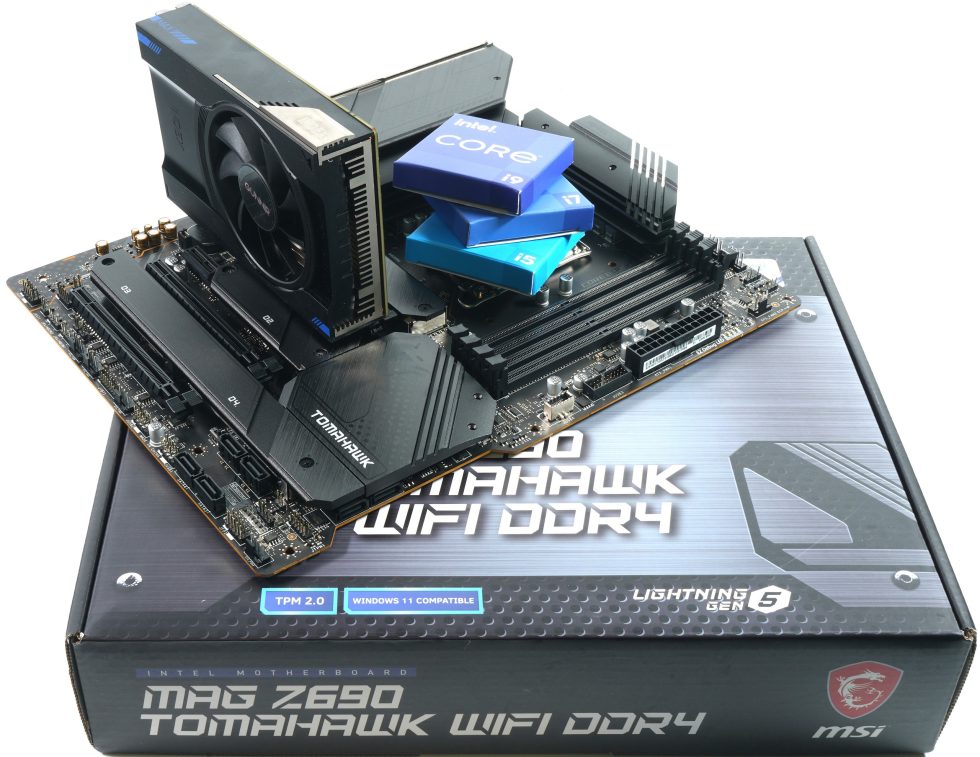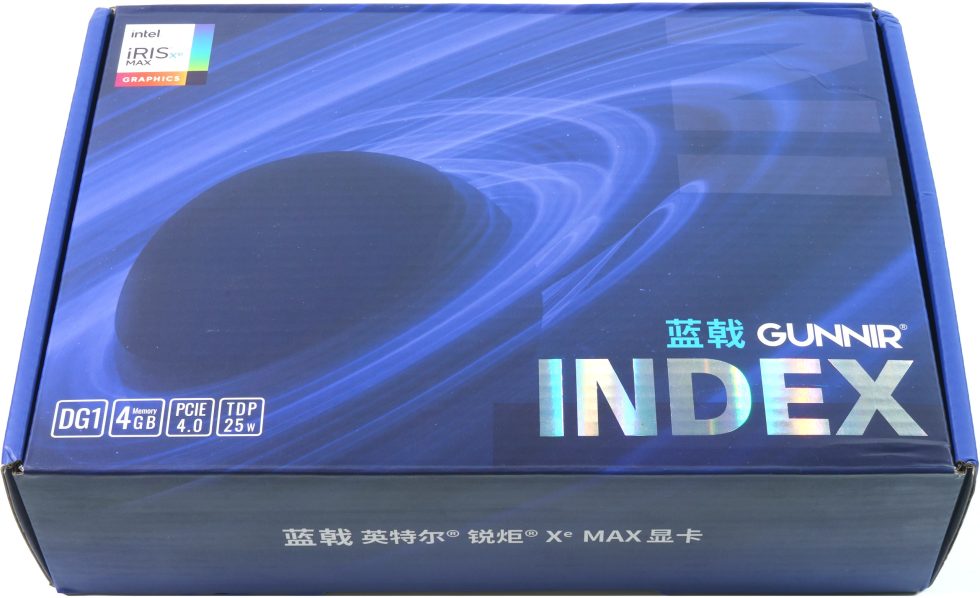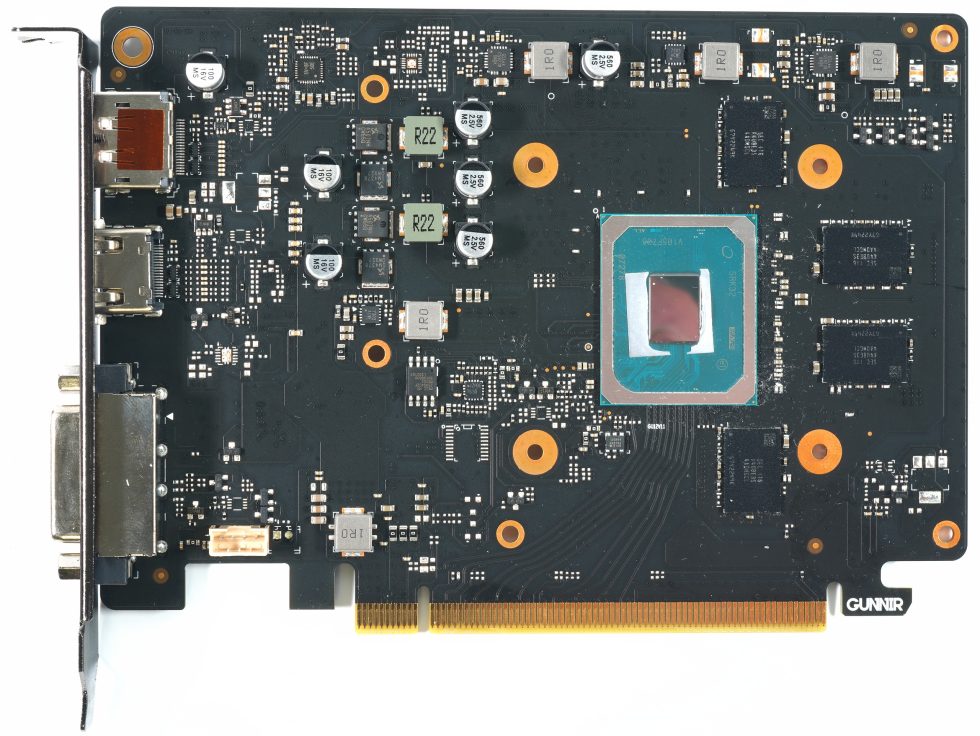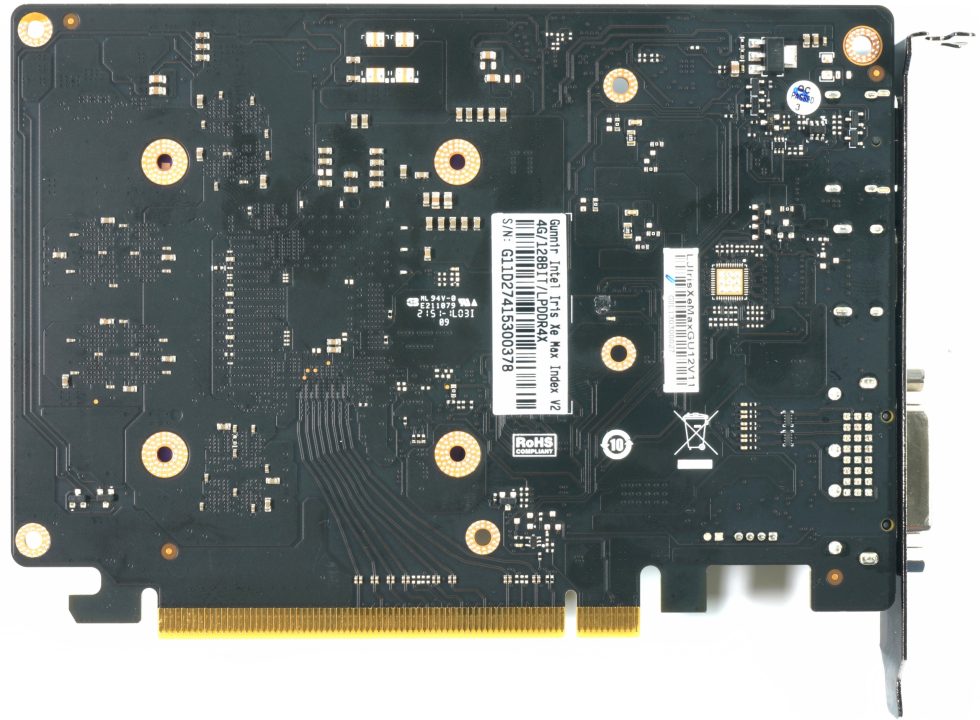Intel’s Discrete Mobile Graphics Family Arrives
The first Intel Arc A-Series graphics processing units will power laptops, with more products coming this year for desktops and workstations.
For decades, Intel has been a champion for PC platform innovation. We have delivered generations of CPUs that provide the computing horsepower for billions of people. We advanced connectivity through features like USB, Thunderbolt™ and Wi-Fi. And in partnership with the PC ecosystem, we developed the ground-breaking PCI architecture and the
Intel® Evo™ platform, pushing the boundary for what mobile products can do.
Intel is uniquely positioned to deliver PC platform innovations that meet the ever-increasing computing demands of professionals, consumers, gamers and creators around the world. Now, we take the next big step.

Today, we are officially launching our Intel® Arc™ graphics family for laptops, completing the Intel platform. These are the first discrete GPUs from our Intel Arc A-Series graphics portfolio for laptops, with our desktop and workstation products coming later this year. You can visit our
Newsroom for our launch video, product details and technical demos, but I will summarize the highlights of how our Intel Arc platform and A-Series mobile GPU family will deliver hardware, software, services and – ultimately – high-performance graphics experiences.
- New Laptops with Intel Arc Graphics: We’ve partnered with top OEMs to co-engineer an amazing lineup of laptops that feature new and improved gaming and content creation capabilities with Intel Arc graphics and 12th Gen Intel® Core™ processors. Many new systems with Intel Arc 3 graphics will feature the Intel Evo platform’s trademark responsiveness, battery life and Wi-Fi 6 connectivity in thin-and-light form factors. Laptops with Intel Arc 3 graphics offer enhanced 1080p gaming and advanced content creation, and those with Intel Arc 5 and Intel Arc 7 graphics will offer the same cutting-edge, content-creation capabilities coupled with increased graphics and computing performance. The first laptops with Intel Arc 3 GPUs are available to preorder now and will be followed by the more powerful designs with Intel Arc 5 and Intel Arc 7 graphics in early summer.



- Unleashing the Laptop Platform: The foundation of products with Intel Arc A-Series GPUs and our platform-level approach to graphics innovation starts with our new Xe High Performance Graphics microarchitecture (Xe HPG), which is engineered for gamers and creators. We have packed a ton of great technology into Xe HPG, including powerful Xe-cores with Intel XMX AI engines, a graphics pipeline optimized for DirectX 12 Ultimate with hardware acceleration for ray tracing, the Xe Media Engine tuned to accelerate existing and future creator workloads and the Xe Display Engine ready for DisplayPort 2.0 UHBR10.
- Intel Xe Matrix Extensions (XMX) AI engines provide more compute capability for accelerating AI workloads. These AI engines have 16 times the compute to complete AI inferencing operations when compared to traditional GPU vector units, which can increase performance in productivity, gaming and creator applications.
- Xe Super Sampling (XeSS) is our solution that leverages the power of Intel Arc graphics’ XMX AI-engines to deliver high-performance, AI-accelerated upscaling. XeSS is a novel upscaling technology that uses deep learning to synthesize images that are very close to the quality of native high-res rendering. XeSS is coming in the summer and will be supported on all products with Arc A-Series graphics.
- Intel Arc A-Series GPUs are the first in the industry to offer full AV1 hardware acceleration, including both encode and decode, delivering faster video encode and higher quality streaming while consuming the same internet bandwidth. We’ve worked with industry partners to ensure that AV1 support is available today in many of the most popular media applications, with broader adoption expected this year. The AV1 codec will be a game changer for the future of video encoding and streaming.
- We’ve integrated Intel® Deep Link technologies to enable Intel Arc GPUs to work seamlessly with Intel CPUs and integrated graphics for a performance improvement across gaming, creating and streaming workloads. Intel Deep Link enables dynamic power sharing, intelligently distributing power across the platform to increase application performance up to 30% in creation and compute-intensive applications.1 With Hyper Encode and Hyper Compute, Deep Link allows multi-engine acceleration in transcoding and AI tasks. More details are available in our product fact sheet.
- Community Experiences: Our Intel Arc graphics are more than another piece of hardware in your PC. They are your portal to play and create. We have a dedicated team focused on delivering Day 0 game-ready drivers, which you’ll be able to track in our new Intel® Arc Control interface, an all-in-one hub that puts you in full control of the gaming experience. Intel Arc Control includes custom performance profiles, built-in streaming, a virtual camera, integrated Game ON driver downloading, automatic game capture, and more. The app supports Intel® Iris X e graphics and Intel Arc GPUs for a unified software experience. By working with our developer partners, we are making a growing portfolio of Intel-optimized games and multimedia applications available to discrete graphics customers through special launch bundles. Bundles will vary based on the system and the region, but the first of these gamer and creator bundles is rolling out in April with the launch of our A-Series mobile products. Our goal is to deliver something new and fun to the community every day of the year. We invite you to connect with us and join the conversation on our Intel Insiders discord.
Looking Ahead
Today marks the first step in our journey. You’ll see Intel Arc graphics continue to improve and evolve, with new features and an ever-expanding ecosystem coming throughout the year. And for desktop enthusiasts, our Intel Arc graphics add-in-cards will be coming this summer. 2
We are excited, and we hope you are too. It’s going to be a big year for Intel Arc graphics.
by Roger Chandler, Intel vice president and general manager of Graphics and Gaming Team at Intel Corporation.
| VideoCardz.com | Arc A350M | Arc A370M | Arc A550M | Arc A730M | Arc A770M |
|---|
| Intel Arc Alchemist Mobile Specifications | | | | | |
|---|
| GPU | DG2-128 (ACM-G11) | DG2-128 (ACM-G11) | DG2-512 (ACM-G10) | DG2-512 (ACM-G10) | DG2-512 (ACM-G10) |
|---|
| Xe Cores |
6 |
8 |
16 |
24 |
32 |
|---|
| Execution Units |
96 |
128 |
256 |
384 |
512 |
|---|
| FP32 Cores |
768 |
1024 |
2048 |
3072 |
4096 |
|---|
| GPU Clock |
1150 MHz |
1550 MHz |
900 MHz |
1100 MHz |
1650 MHz |
|---|
| Memory Size |
4GB GDDR6 |
4GB GDDR6 |
8GB GDDR6 |
12GB GDDR6 |
16GB GDDR6 |
|---|
| Memory Bus |
64-bit |
64-bit |
128-bit |
192-bit |
256-bit |
|---|
| TGP |
25-35W |
35-50W |
60-80W |
80-120W |
120-150W |
|---|



















